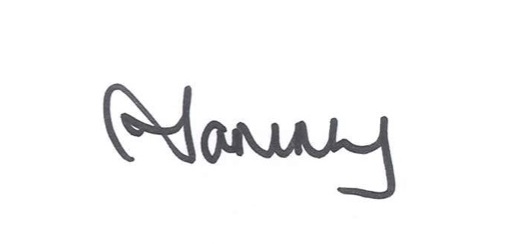Tool # 5 in my new book – Do What You Say You’ll Do, talks about conflict, and suggests a number of different ways to reframe conflict as a positive rather than something negative.
I’ve previously suggested that Rob Whitechurch’s model, as one that is simple and effective.

There are four approaches to a conflict situation.
- The first two approaches mean that you either you constructively confront the issue and deal with it. The key here is that you deal with it soon after the event, rather than bringing it up months later. It’s suggested that “soon” means within 48 hours..
- Or, you genuinely drop it. This means that you let it go, once and for all. There are some instances where it just isn’t a big enough deal to confront the person, and in the cold light of day it isn’t worth going on about it. But letting it go, means just that – considering it, and then putting it in the bin to be thrown out, forever. The issue is done and dusted.
This is different to the last two approaches.
- Firstly, the leave option, this is different to let it go, in that you do want to deal with it, but rather than confront it, you are passive and just avoid it. The difference is that the issue isn’t in the bin, but rather in a drawer, not dealt with and not thrown away- just there ready to be accumulated as other issues get similarly dealt with. Eventually, this usually results in a blow up where a whole range of issues get thrown up at once; none of which end up being satisfactorily dealt with…
- Or perhaps, the worst option of all: which is to “go underground”. This is where you carry around the lingering resentment, simmering just under the surface, ready to bubble to the top at the slightest perceived slight. This option also often presents in you trying to gather other supporters to your cause, so the issue is shared / discussed by a group of jointly outraged people, but not actually addressed to the person who is actually involved in it. This causes a corrosion of trust and creates a culture of disharmony and dissent.
Having a culture where the team holds each other to account for the way that conflict in the workplace is dealt with is key to this approach working. The team needs to agree that this is the way they want to operate and hold each other to account when someone chooses option 3 or 4 rather than 1 or 2.
Dealing with conflict can be perceived as hard, but it is a skill like any other, and just needs practice, and the support of team members, as you all navigate a different (but ultimately healthier and more constructive approach).
What do you think? Are there benefits to the whole team operating in this way? Let me know what you think.
Until next week (book launch week!), happy reading!


